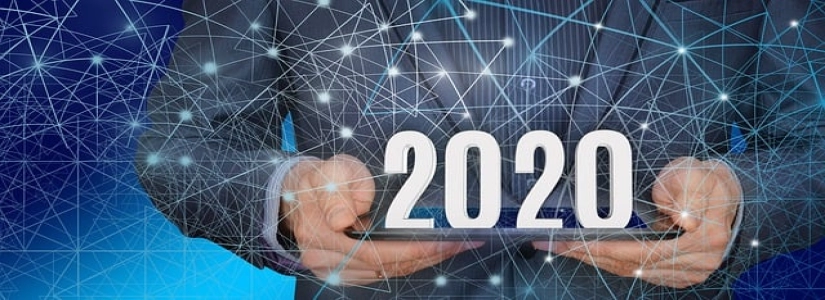舆情监控英语
Public Opinion Monitoring
I. Introduction
Public opinion monitoring refers to the systematic collection, analysis, and evaluation of information from various sources to gain insights into the sentiments, attitudes, and perceptions of the general public towards specific events, issues, or individuals. This practice has become increasingly important in today’s digital age, where social media platforms and online news outlets serve as major sources of information and platforms for public expression.
II. Importance of Public Opinion Monitoring
Public opinion monitoring plays a crucial role in understanding the public’s perception and response to certain events or policies. By monitoring and analyzing public sentiment, organizations can identify trends, assess the effectiveness of communication strategies, and make informed decisions. It allows businesses, governments, and individuals to proactively respond to public concerns, minimizing potential damage to their reputation or business interests.
III. Sources of Public Opinion
1. Social Media: Platforms such as Twitter, Facebook, and Instagram have revolutionized the way people communicate and express their opinions. Monitoring public sentiment on these platforms provides real-time insights into the prevailing attitudes towards a particular topic or issue.
2. Online News Outlets: News websites and blogs attract a large audience, making them valuable sources of public opinion. Analyzing user comments and feedback on these platforms can provide a comprehensive understanding of public sentiment.
3. Surveys and Polls: Conducting surveys and polls is a traditional method of gaining insights into public opinion. This approach allows for targeted questioning and a more representative sample of the population.
IV. Tools and Techniques for Public Opinion Monitoring
1. Sentiment Analysis: This technique uses natural language processing and machine learning algorithms to determine the sentiment expressed in online comments, posts, and articles. It can categorize opinions as positive, negative, or neutral, providing a quantitative assessment of public sentiment.
2. Web Scraping: This method involves the automated extraction of data from websites, allowing organizations to collect large amounts of information for analysis. Web scraping can be utilized to monitor public opinion by gathering data from various online platforms.
3. Social Listening: Social listening involves monitoring online conversations and mentions related to a specific topic or brand. This technique provides insights into the public opinion in real-time, allowing organizations to respond promptly to emerging issues or concerns.
V. Benefits and Limitations of Public Opinion Monitoring
1. Benefits:
– Enhanced Decision Making: Public opinion monitoring enables organizations to make data-driven decisions, mitigating risks and maximizing opportunities.
– Crisis Management: By monitoring the public sentiment, organizations can identify potential crises and take preventive measures to manage them effectively.
– Brand Reputation Management: Understanding public perception allows organizations to address concerns, improve their brand image, and build trust among their target audience.
2. Limitations:
– Representativeness: Public opinion monitoring may not reflect the views of the entire population, as it primarily captures the sentiments of active social media users or survey respondents.
– Bias: Despite the use of advanced techniques, there may be inherent biases in public opinion monitoring due to the sample selection or data analysis methods employed.
– Privacy Concerns: Monitoring public opinion involves capturing and analyzing personal data, raising privacy concerns and ethical considerations.
VI. Conclusion
In an era characterized by the dominance of digital communication platforms, public opinion monitoring has become an indispensable tool for organizations and individuals. By leveraging various sources and utilizing advanced tools and techniques, public opinion monitoring provides valuable insights into the sentiments and attitudes of the general public. It empowers decision makers to respond proactively to public concerns and ultimately enhances their ability to navigate the complex landscape of public opinion.








